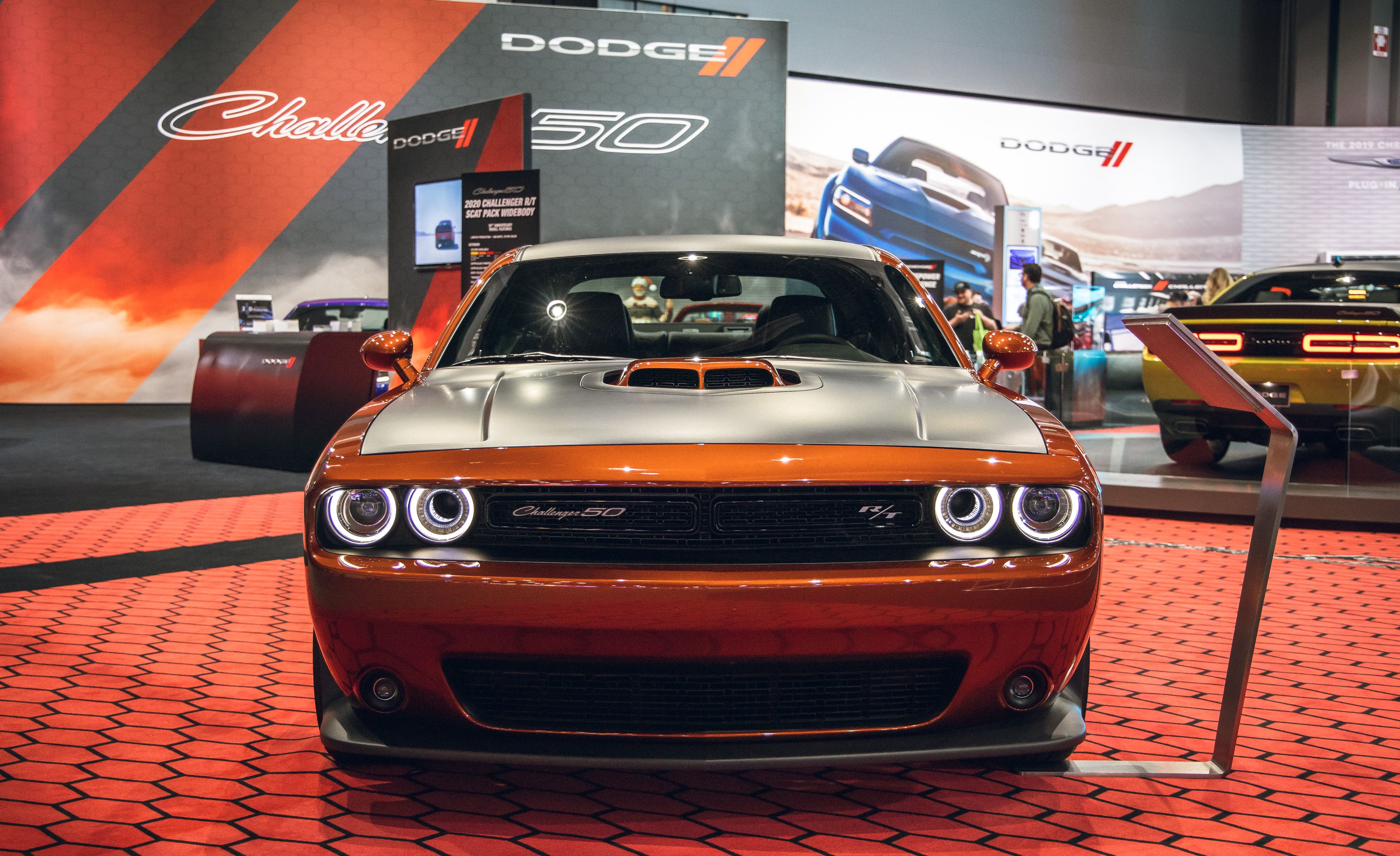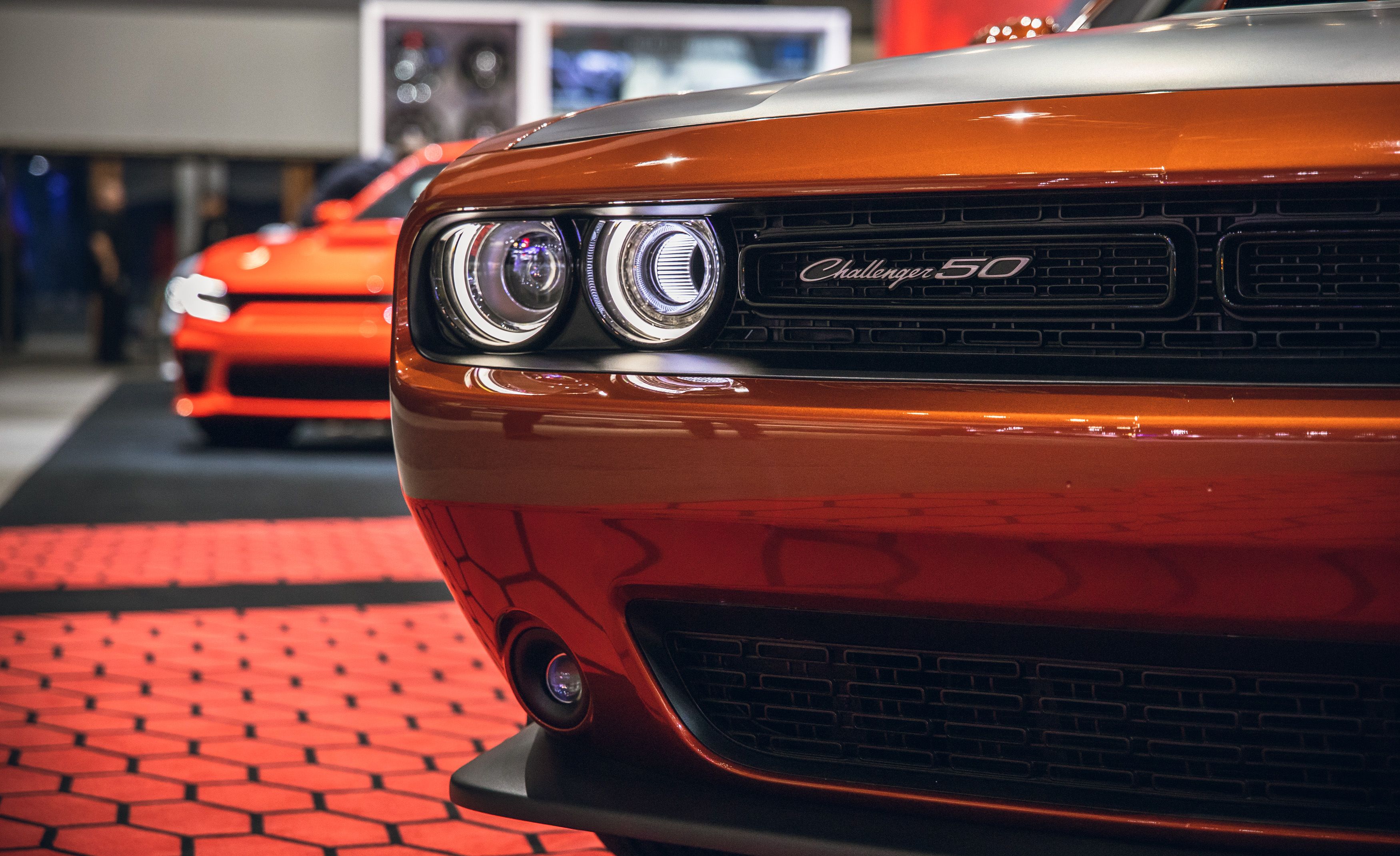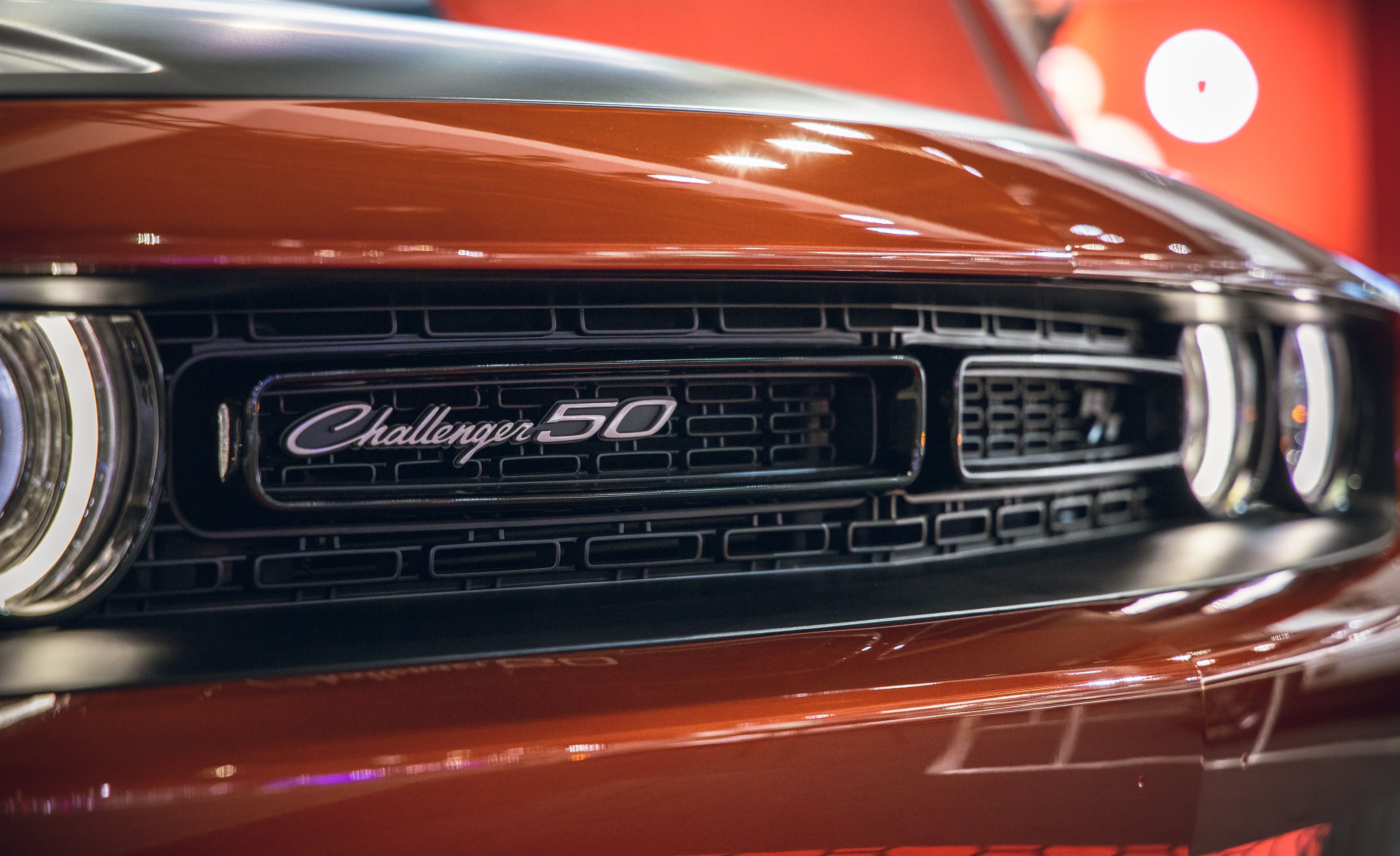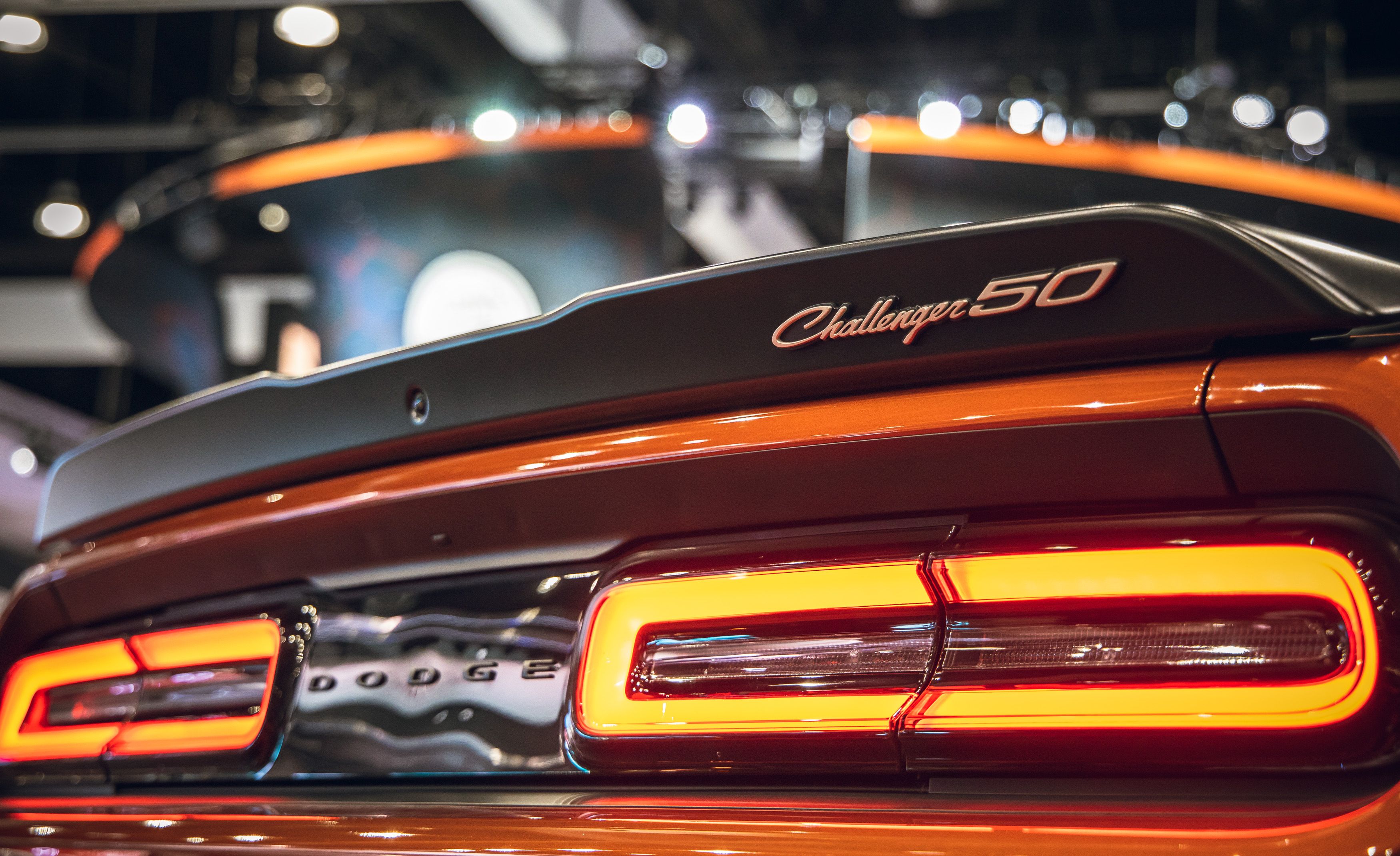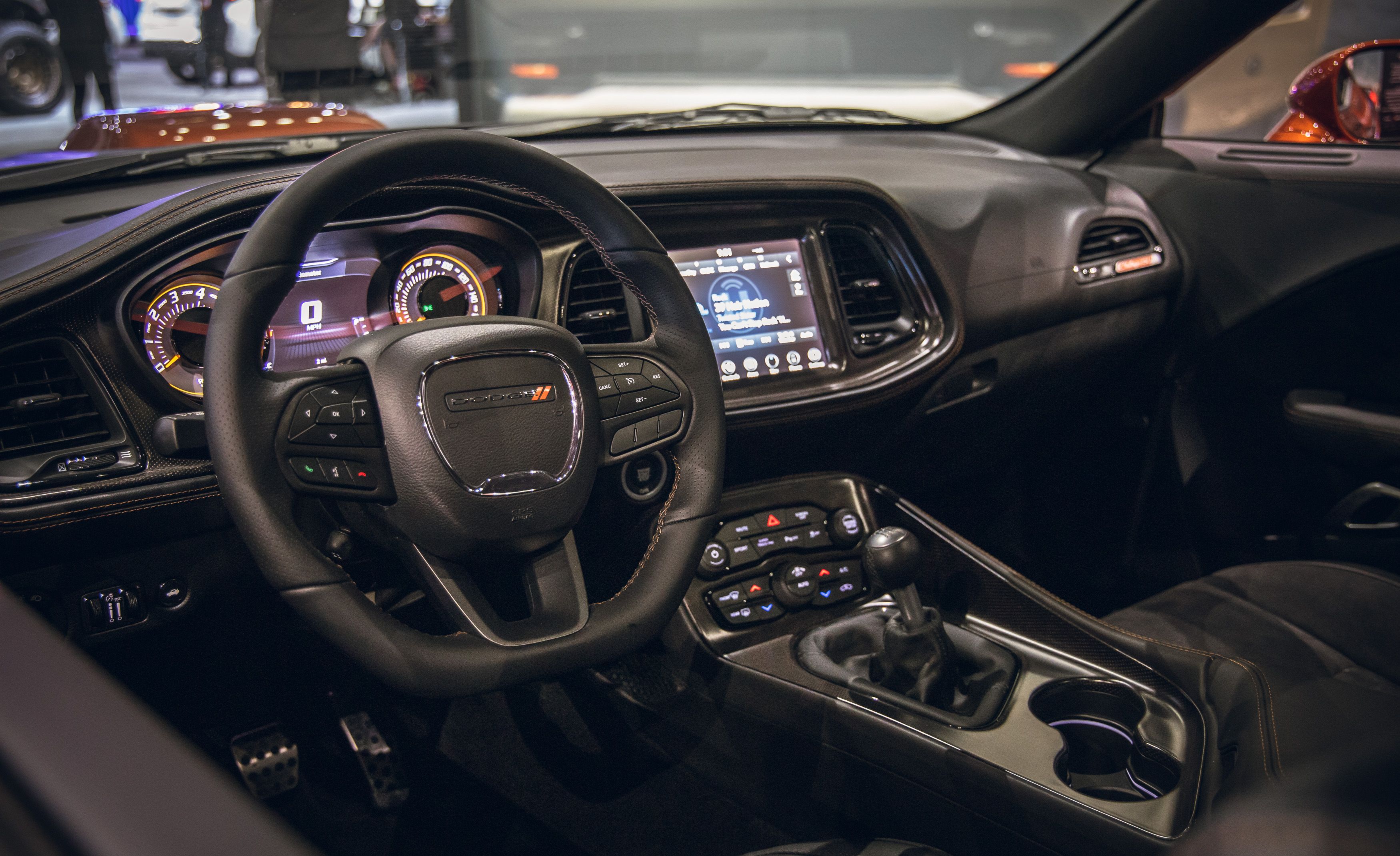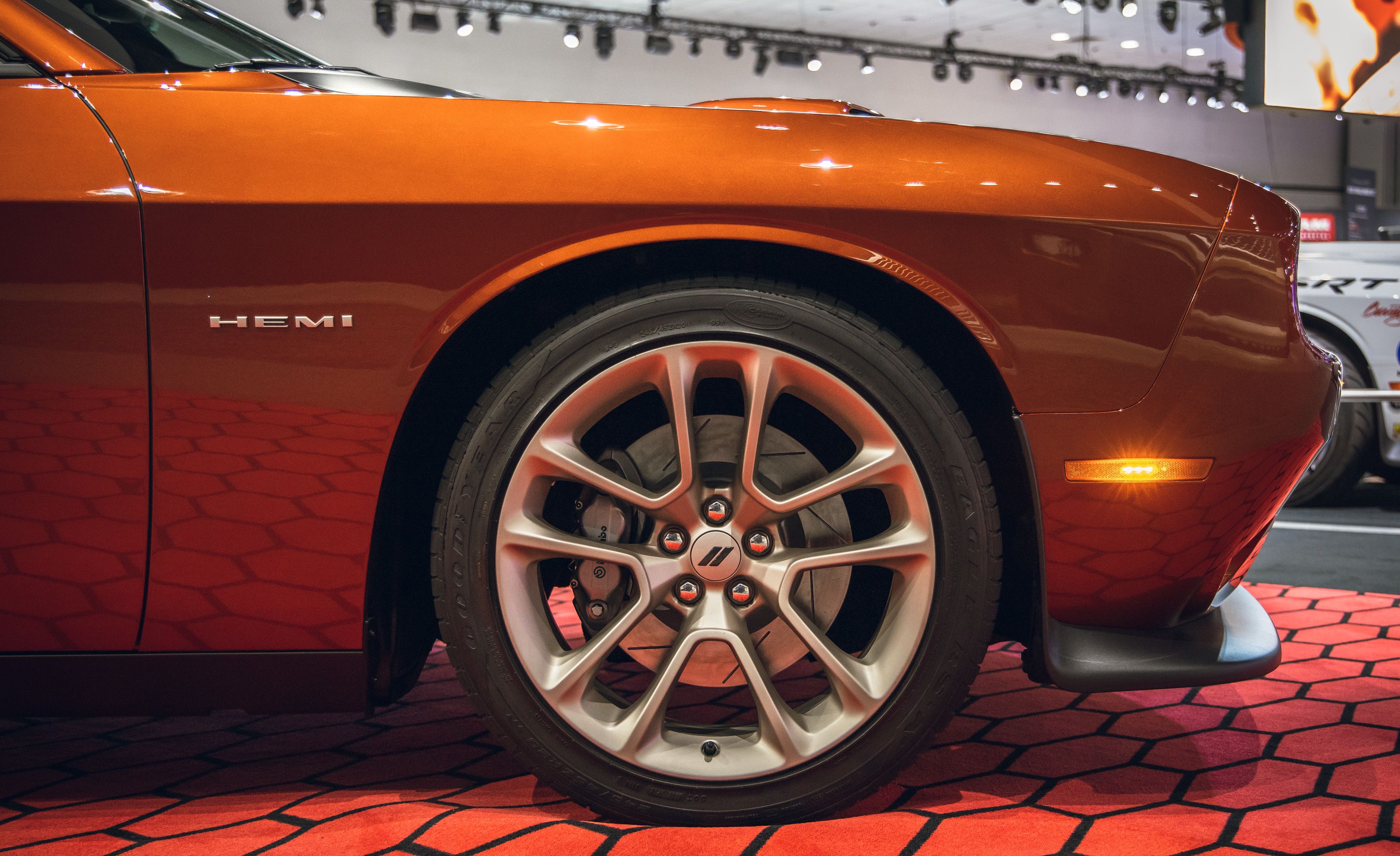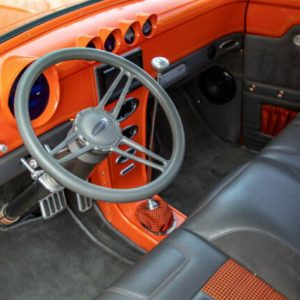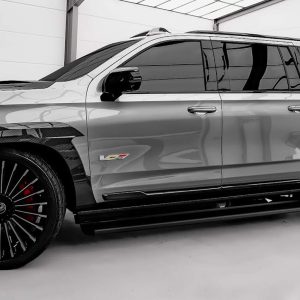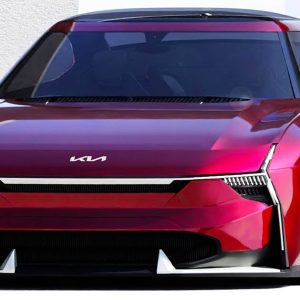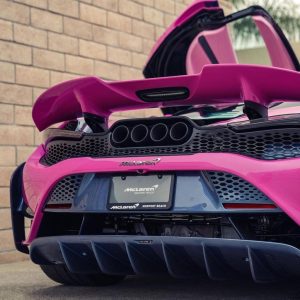Overview
While rival muscle cars have pivoted recently toward sharp handling, the 2023 Dodge Challenger keeps things retro with a package that’s designed more for old-school pony-car jollies and straight-line speed. A V-6 engine is standard in these non-SRT Challengers but the real fun comes with the optional naturally aspirated Hemi V-8 engines, which are offered in a variety of displacements and outputs spanning a 375-hp, 5.7-liter to a 485-hp, 6.4-liter. If you want even more power, Dodge will be happy to oblige with the big-stomper Challenger SRT Hellcat, which we review separately. The regular Challenger isn’t as intense as the outrageous Hellcat, but for some its V-8 burble and relatively comfortable ride will be enough to trigger nostalgic feelings for the vintage Dodge pony cars with which it shares a name. Enthusiast drivers will find modern versions of the Chevrolet Camaro and the Ford Mustang more capable on twisty roads and racetracks, but the Challenger’s old-school charm is undeniable.
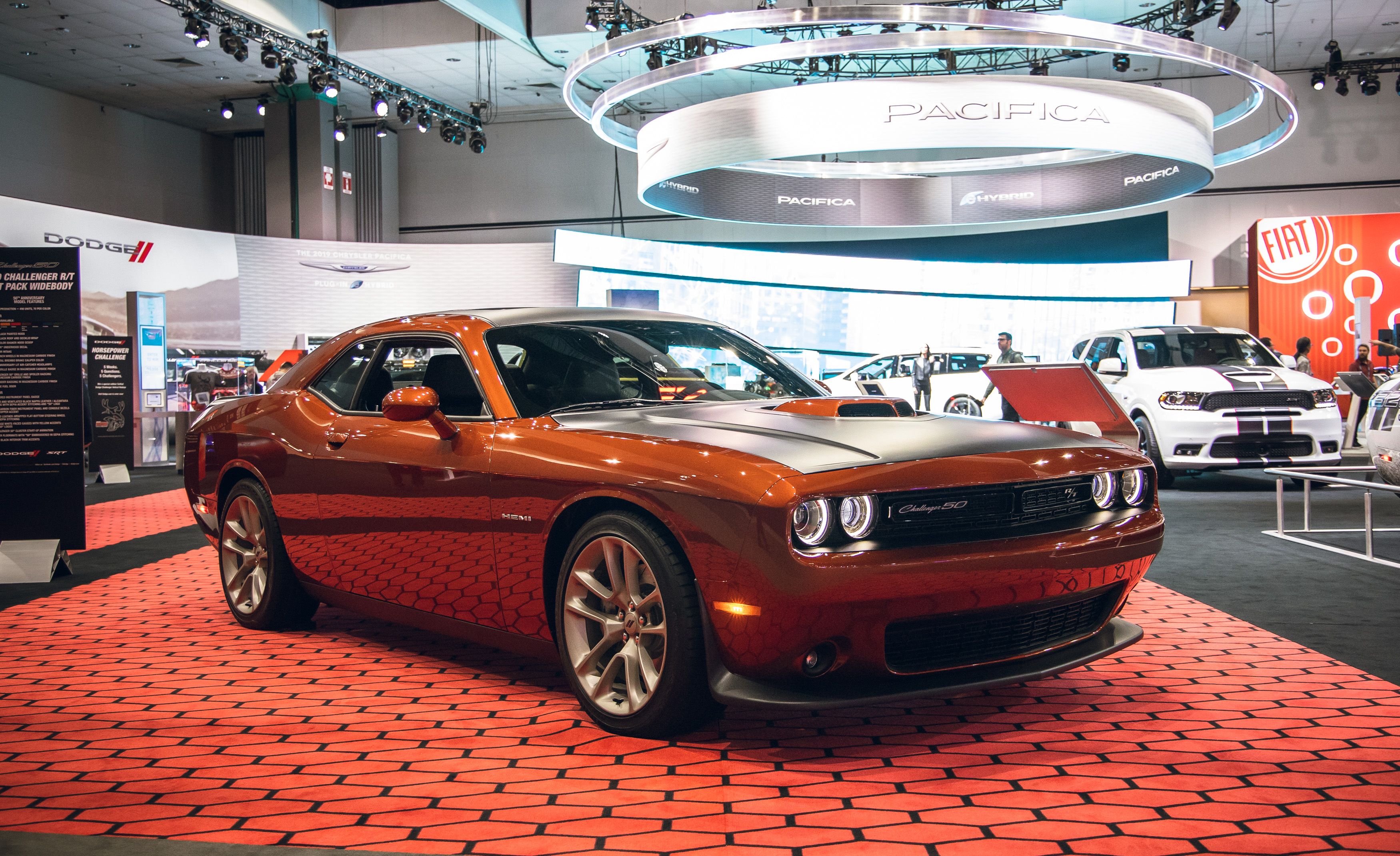
What’s New for 2023?
This year marks the end of an era for the Challenger coupe as Dodge prepares a next-generation model, likely with an electric powertrain. The 2023 Challenger wears special commemorative plaques under the hood to indicate the final model year of the current generation, and Dodge will offer popular colors from the car’s past, including Plum Crazy, B5 Blue, and Sublime Green. All R/T models gain a new “345” badge on the front fender to pay tribute to the Hemi V-8 engine that resides under the car’s long, vented hood. The first of these seven special editions Dodge is calling the Shakedown. Only 1000 will be built. The Shakedown edition will be split between the 485-hp R/T Scat Pack and its Widebody twin and likely cost between $55k–$65k.
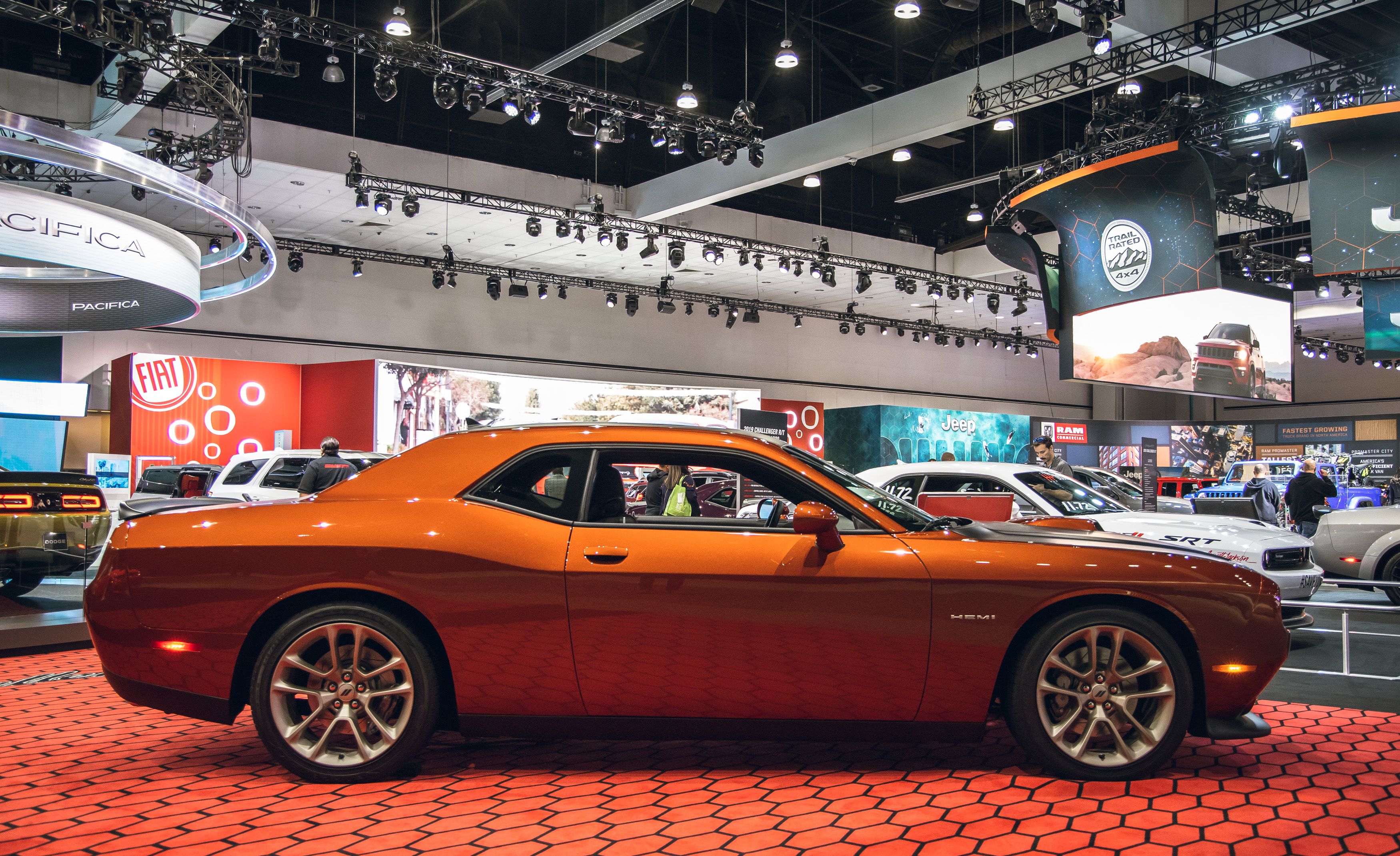
Pricing and Which One to Buy
We’d select the R/T Scat Pack model for its 485-hp 6.4-liter V-8. Believe it or not, we’d opt for the eight-speed automatic over the standard manual transmission because it’s much more responsive than the slushy-feeling stick shift. We’d also add the adaptive dampers for adjustable ride quality, and the Dynamics package for its wide 20-inch wheels, six-piston Brembo front brakes, and leather-wrapped steering wheel. The Plus package improves the interior with ambient lighting, faux-suede seat inserts, and much nicer materials on the dashboard and doors. It requires the Driver Convenience Group, too, which brings blind-spot monitoring, rear-cross-traffic alert, power mirrors, and high-intensity-discharge headlights.
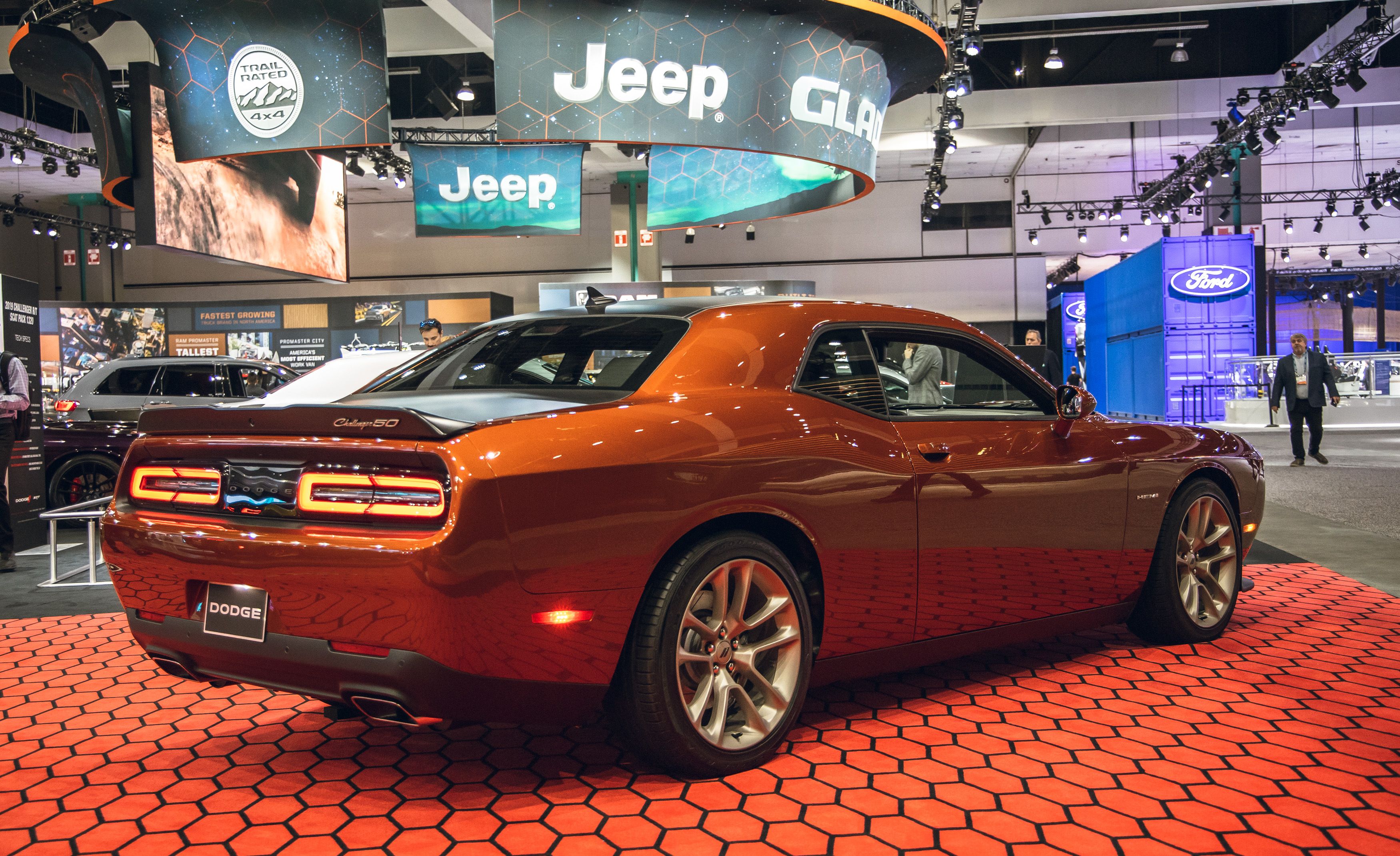
Interior, Comfort, and Cargo
The Challenger has a classic muscle-car interior, with a simple design inspired by its 1970s-era predecessors and comfortable accommodations. Compared with its pony-car rivals, the Dodge is far roomier inside, and adults can actually use the back seat. Unfortunately, its rubberized materials resemble old vinyl rather than premium plastic, and rear visibility is lousy. The Challenger’s broad front seats are comfortable for cruising, but even the optional seats, which have added bolstering, don’t hug their occupants the way those in the Camaro or Mustang do. Dodge’s pony car has an extra seven cubic feet of cargo space in its trunk versus the Camaro. This allows the Challenger to swallow two more bags of luggage than the Camaro. Fold the back seats down and that advantage grows to six. The Challenger has a big center-console bin and a useful spot for a smartphone. Still, none of the cars we tested in this class was particularly adept at storing small items.
